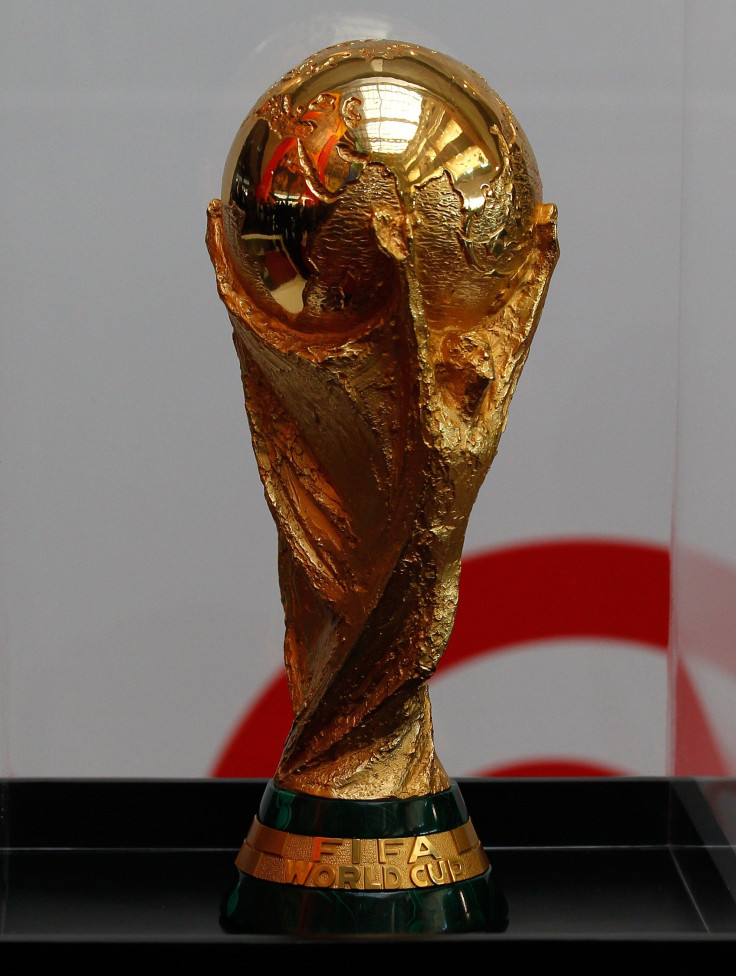
FIFA announced on Tuesday that it will implement goal-line technology in time for the 2014 World Cup in Brazil.
According to the Associated Press, FIFA will now have to decide which system it wants to use for this all-important job. Two such goal-line technologies, Hawk-Eye and GoalRef, were tested successfully during the Club World Cup this past December. However, two German systems may soon be approved and could jump into the race.
The winning system will also be used during the upcoming Confederations Cup this summer.
The Daily Mail reports that the Hawkeye system relies on cameras to determine whether a ball has crossed the goal line. Six or seven high-speed cameras are placed at both ends of the stadium and track the location of the ball. A computer system determines exactly where the ball is and sends an electronic signal to the referee when a goal is scored. However, it is unclear if this system will work in the rare case where the ball is totally covered by the goalie's body.
GoalRef, meanwhile, relies on an electric circuit. Three magnetic strips are placed inside the ball, while sensors are put inside the goalposts and crossbar. These sensors release electric waves, which are then interrupted once a goal is scored. Just like with the Hawkeye system, a computer sends a signal to the referee once the ball has crossed the goal line.
This system is reportedly cheaper than Hawkeye, but GoalRef representatives still need to ensure that ball manufacturers will allow the magnetic strips to be placed inside their products.
FIFA's decision comes less than three years after a potential blown goal call cost England a win during the 2010 World Cup. As the New York Times notes, England's Frank Lampard scored what appeared to be the game-tying goal shortly before halftime. However, the referees were not in proper position to see the ball, which hit the crossbar and fell behind the goal line. The score was disallowed, and England went on to lose to Germany, 4-2.
As Goal.com notes, FIFA decided in 2011 to retroactively use goal-line technology to settle controversial scores from the past. The governing body allowed Lampard's goal and used a computer simulation to determine how the rest of the game would have played out if this score had counted. Still, England lost the simulated match, 5-2.
While FIFA now fully supports the use of goal-line technology in soccer matches, not every international game will feature a new system. As Aljazeera notes, UEFA, which controls soccer in Europe, still shuns the new systems and simply uses two linesmen near the goal to determine whether the ball has gone in.
According to the Daily Mail, UEFA head Michel Platini discourages the use of technology because he feels it is unnecessary and time-consuming.
"You will never convince me on technology and I will not change at the age of 57. Technology assisting referee: I say, no," Platini said in September, per ESPN FC. "My idea is to help referees by putting up more referees."
However, he did admit in November of 2012 that he may allow video replay to aid referees in offsides calls.
Do you support FIFA's decision to implement goal-line technology in World Cup matches? Vote in our poll below.
© 2025 Latin Times. All rights reserved. Do not reproduce without permission.




